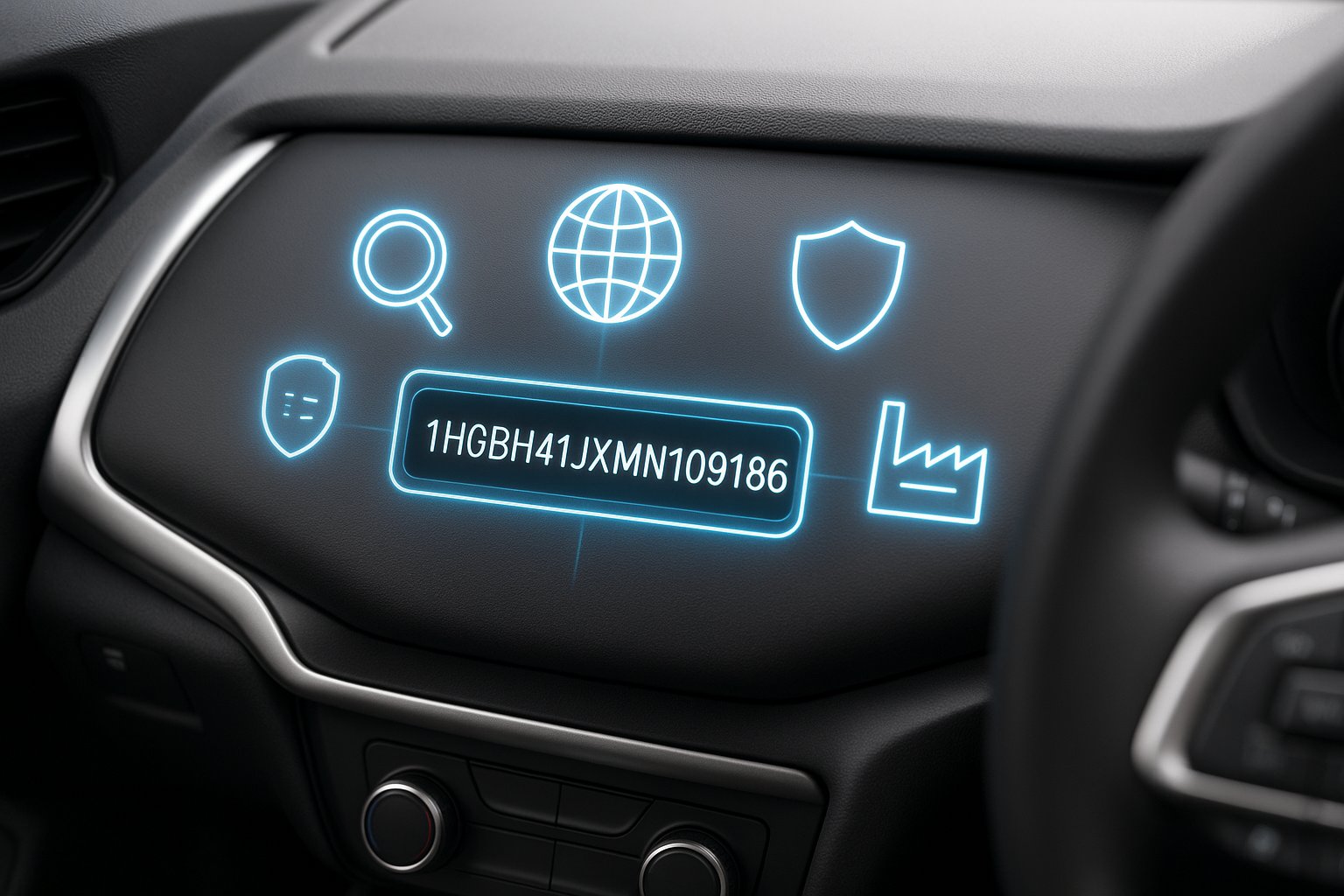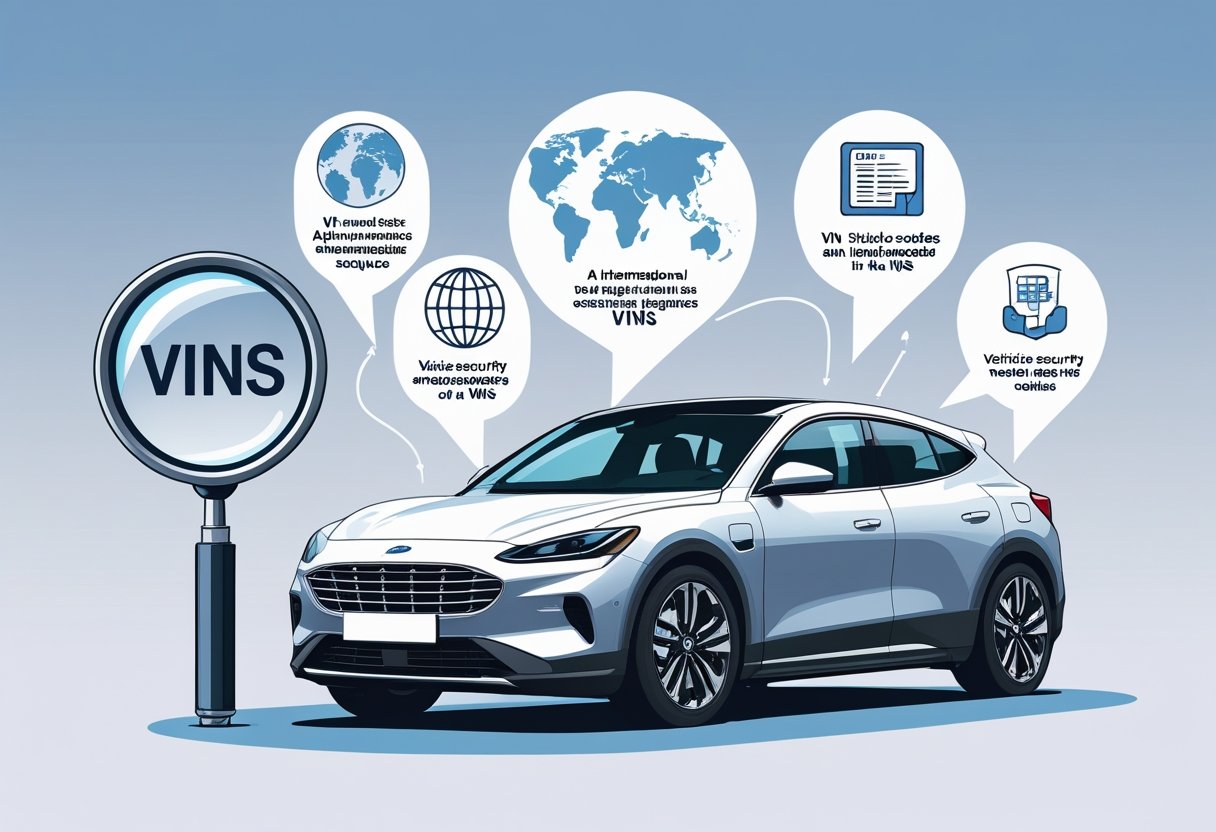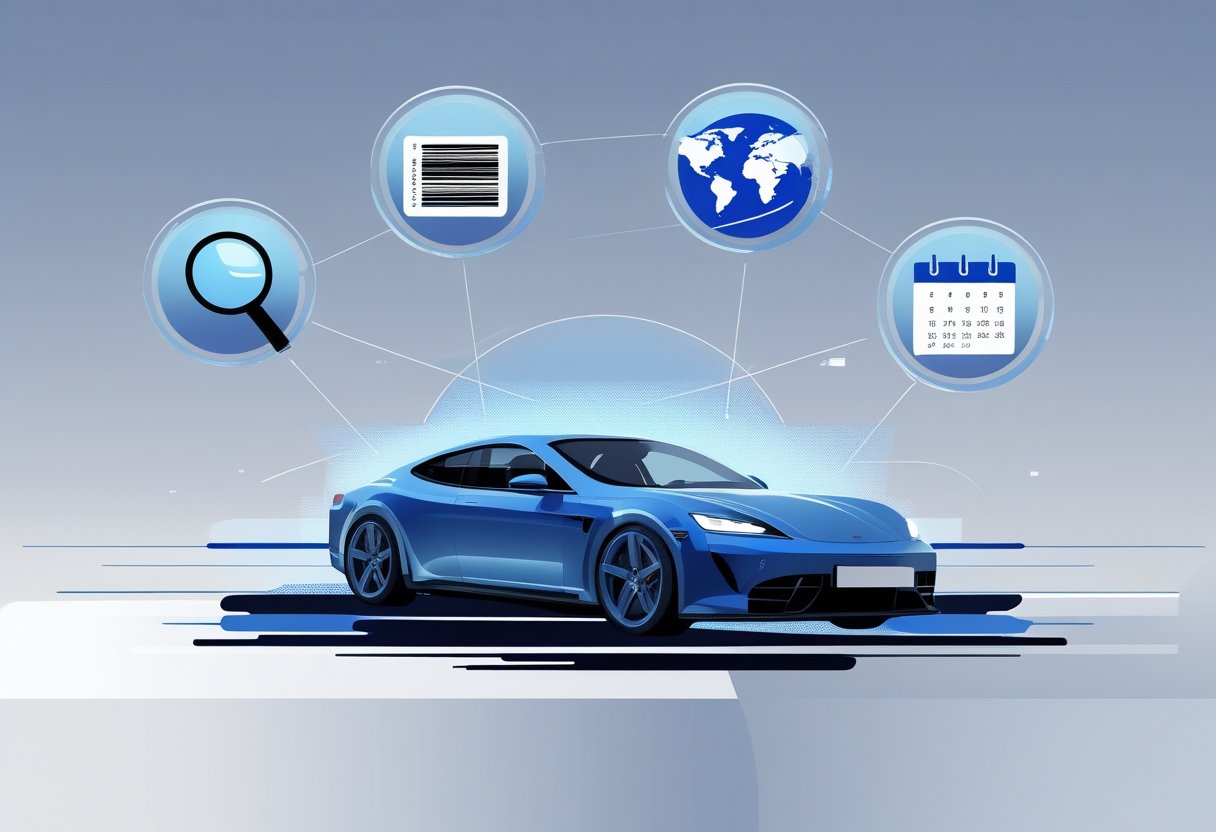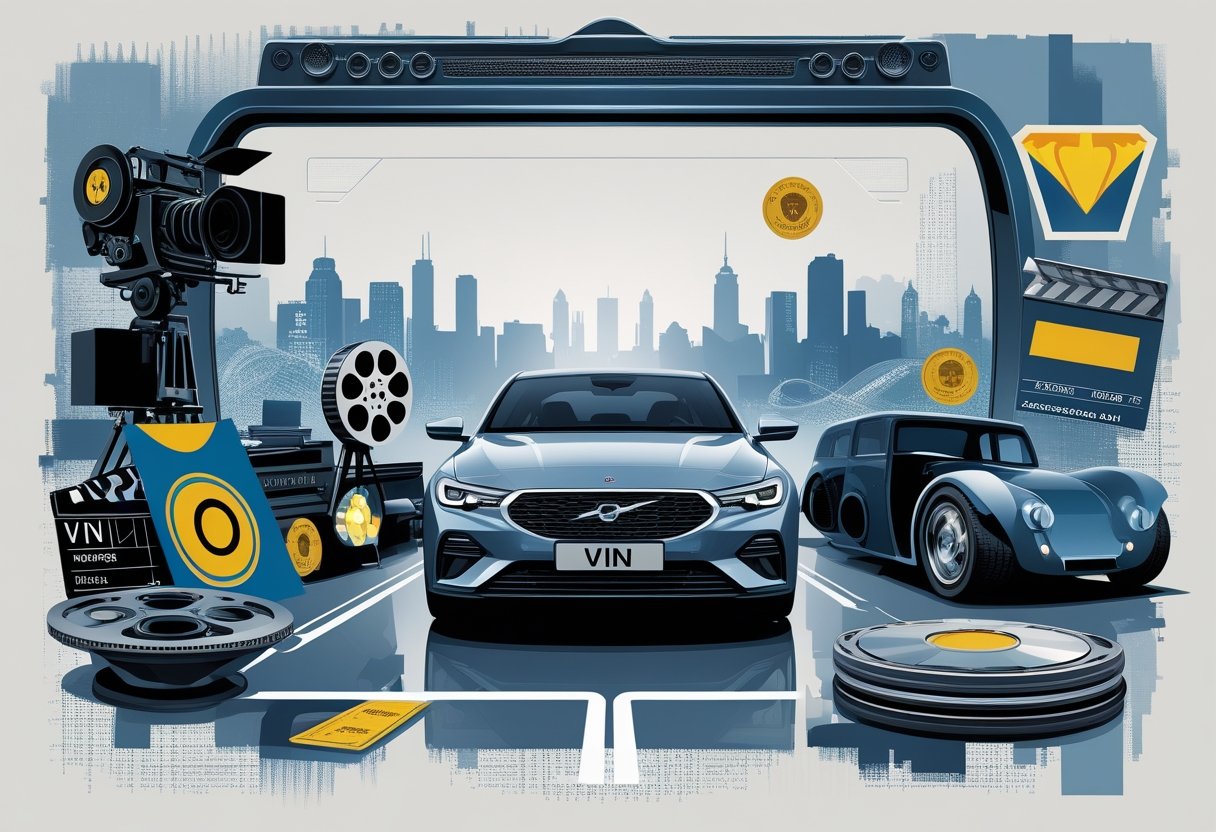
Car Facts by VIN: 5 Hidden Details Every Driver Should Know
Every car owner checks their VIN number at some point, but most people have no idea that these 17 characters contain a treasure trove of hidden car facts by VIN — details about the vehicle’s history, features, and even manufacturing secrets.
Your VIN can reveal specific details about your car’s engine type, safety systems, body style, and manufacturing location that even seasoned car buyers often overlook.

Understanding Car Facts by VIN
Most drivers think of VIN numbers as simple identification codes, similar to a license plate. However, these alphanumeric sequences work more like a car's DNA, encoding everything from the manufacturer’s quality control processes to specific recall information that could affect the vehicle’s safety and value.
Car buyers who understand how to decode car facts by VIN gain a significant advantage when purchasing used vehicles, checking for recalls, or verifying that their car's advertised features match what was actually installed at the factory.
The stories hidden within these 17 characters often surprise even automotive professionals who work with cars every day.
Key Takeaways
VIN numbers contain detailed information about your car's specific features, engine type, and manufacturing details that most owners never discover.
Understanding car facts by VIN helps car buyers verify authenticity and uncover potential safety recalls or factory specifications.
Each VIN works like a unique fingerprint that reveals your car's complete manufacturing story and hidden technical details.
5 Little-Known Car Facts by VIN That Will Surprise You
Most car owners know their vehicle identification number exists, but few understand the hidden details within those 17 characters. These car facts by VIN reveal surprising truths about how VINs work and what they can tell you about any vehicle.

1. Not All VINs Have 17 Characters
Before 1981, vehicle identification numbers varied wildly in length and format. Some cars had VINs with only 11 characters, while others used up to 17.
Each manufacturer created their own system — Ford might use 11 digits on a 1975 Mustang, while Chevrolet used 13 on a 1978 Corvette.
The National Highway Traffic Safety Administration (NHTSA) standardized VINs in 1981, requiring all vehicles sold in the United States to have exactly 17 characters.
This standardization made decoding car facts by VIN much easier, allowing any VIN decoder to work with cars made after 1981.
Pre-1981 VIN Examples:
1970 Plymouth Barracuda: 10 characters
1975 Ford F-150: 11 characters
1980 Chevrolet Camaro: 13 characters
Cars made before 1981 still have vehicle identification numbers, but each requires special knowledge to decode properly.
2. The Country of Origin Is Coded in the VIN
The first character in every VIN reveals where the vehicle was manufactured — a key part of car facts by VIN.
This World Manufacturer Identifier (WMI) shows the exact country of origin.
Common Country Codes:
1, 4, 5: United States
2: Canada
3: Mexico
J: Japan
W: Germany
K: South Korea
For example, a 2023 Honda Civic built in Ohio starts with “1” or “4,” while the same model made in Japan begins with “J.”
This coding helps track recalls, quality differences, and safety investigations by production region.
3. VIN Records Can Reveal Hidden Vehicle History
A comprehensive VIN check uncovers details sellers might not mention — accident history, flood damage, theft, and ownership changes.
Insurance companies report total losses to national databases, so a car that looks perfect might still have hidden issues.
These records also include lemon law buybacks, service logs, and major repairs.
By running a vehicle history report through a trusted service like VINspectorAI, you’ll uncover detailed car facts by VIN that help you avoid costly surprises.
VIN Records Often Include:
Accident and damage reports
Flood or fire history
Theft recovery status
Ownership changes
Lemon law buybacks
Maintenance and service history
4. Some Vehicles and Boats Use Different Identification Numbers
Not all vehicles use the same system.
Boats, for example, use Hull Identification Numbers (HIN) — 12-character codes that show manufacturer and model year.
Motorcycles and ATVs, on the other hand, use the same 17-character VIN structure as cars.
Different ID Systems:
Cars & Trucks: 17-character VIN
Boats: 12-character HIN
Motorcycles & ATVs: 17-character VIN
Large Trailers: 17-character VIN
RVs and motorhomes also use VINs because they’re classified as motor vehicles. Understanding these systems helps you apply car facts by VIN across different vehicle types.
5. VINs Have Evolved Over Time
Modern VINs are smarter, more secure, and standardized across the globe.
The 1981 NHTSA standard removed letters I, O, and Q to prevent confusion with numbers, and position 9 was added as a “check digit” to detect errors.
Manufacturers now embed VINs in multiple parts of a vehicle — dashboards, door frames, engine blocks — to make tampering nearly impossible.
VIN Evolution Timeline:
1954–1980: Variable formats, manufacturer-defined
1981–Present: Standard 17-character VIN
Future: Digital VINs under development
This evolution made modern car facts by VIN more reliable, allowing buyers, insurers, and law enforcement to instantly verify authenticity.

Unexpected Cultural Connections: Pop Culture and VINs
VINs even have a place in Hollywood culture. Actor Vin Diesel took his stage name from the same three letters, unintentionally boosting VIN awareness.
The Fast & Furious franchise also highlights how stolen vehicles and car modifications are tracked — all through VINs.
Paul Walker’s character often referenced car specifications that match data found in real VIN databases.
These pop culture moments make car facts by VIN more relatable and recognizable worldwide.
Check Your Car Facts by VIN Instantly
Your VIN holds the truth about your vehicle — its history, recalls, specs, and hidden details that sellers might not mention.
With VINspectorAI, you can unlock all these car facts by VIN in seconds using official DMV, NMVTIS, and insurance data sources.
Don’t rely on assumptions — get verified, AI-powered insights before you buy, sell, or insure your next vehicle.
👉 Run a Free VIN Check Now
and discover the story behind your car’s 17 characters.
Uncover Complete Vehicle History Reports
Discover critical vehicle information before you buy. Our VIN decoder reveals accident records, title status, recalls, and service history to help you make informed decisions.
Related Articles
Explore Tags
More from Car Buying Guide

Check VIN number Texas-wide to uncover title, accident, and mileage history. Compare free lookup tools with NMVTIS data and get AI-powered insights | VINspector

Simple tips for buying a used car. Learn how to check VIN, inspect the car, and avoid common mistakes for a safe and affordable purchase | VinspectorAI

Look up VIN history in seconds to uncover hidden accidents, flood damage, title problems, and odometer fraud. Get trusted AI-powered reports from VINspectorAI.